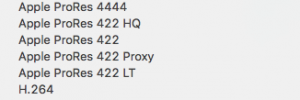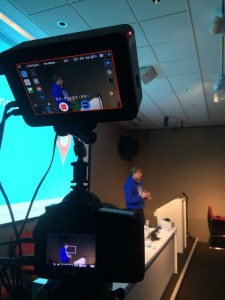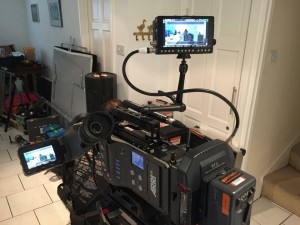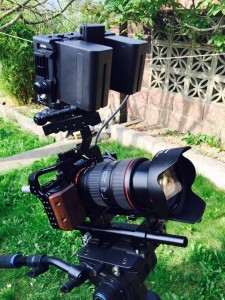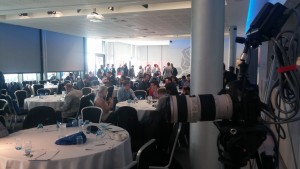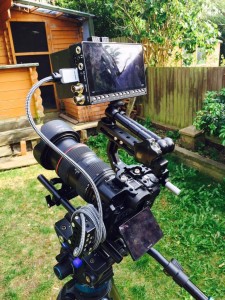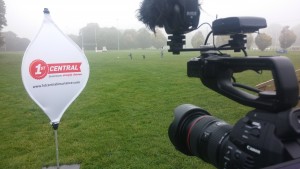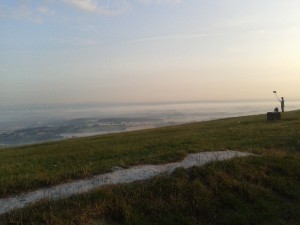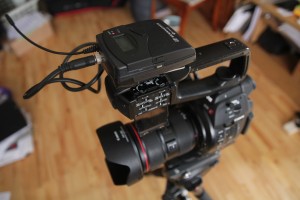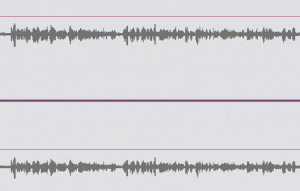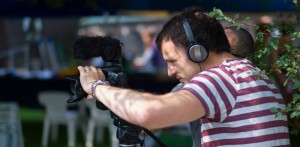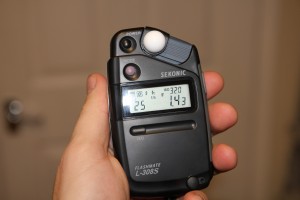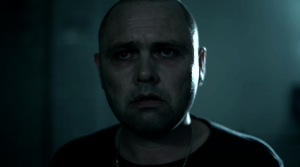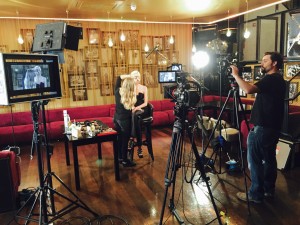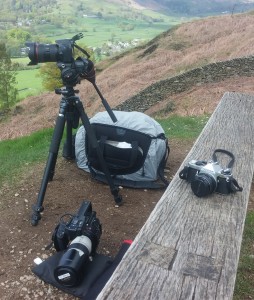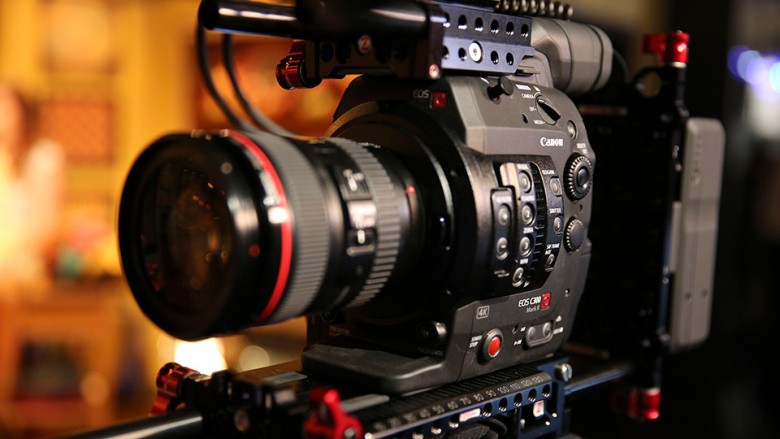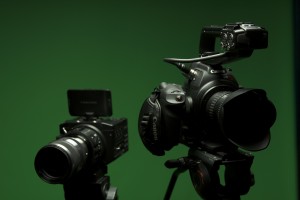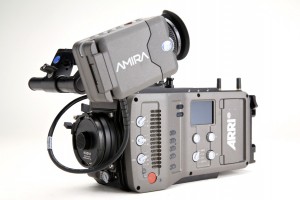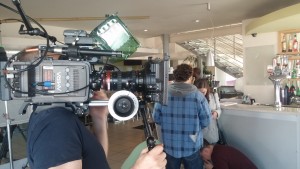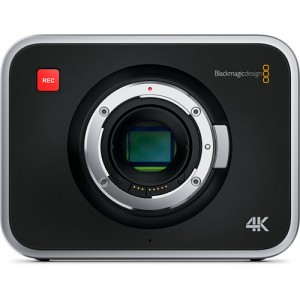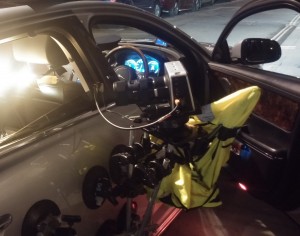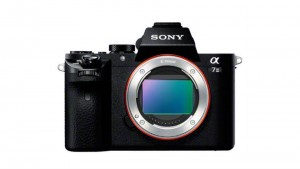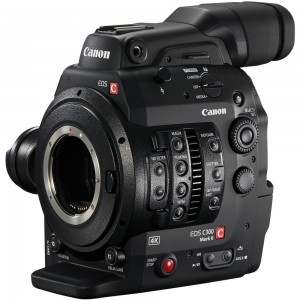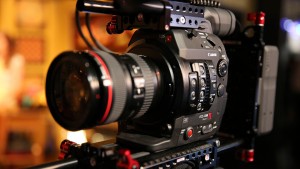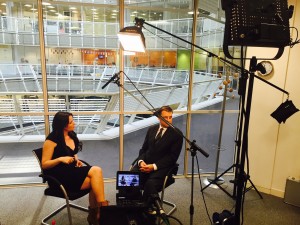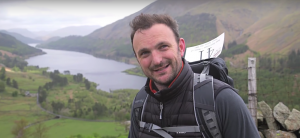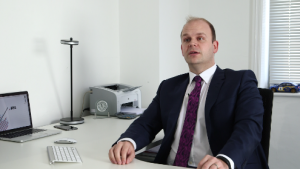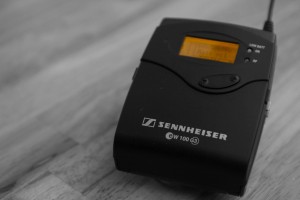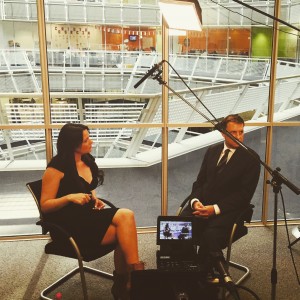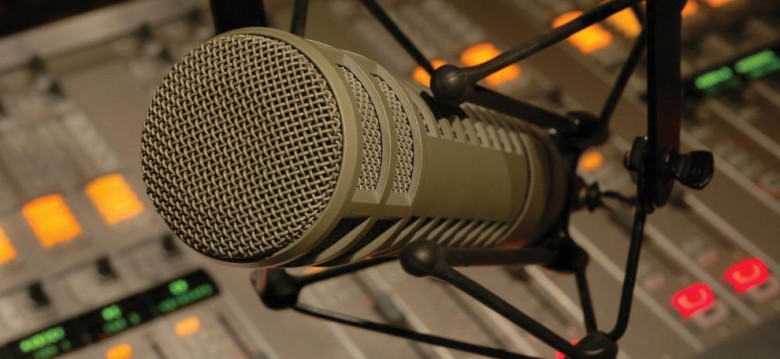5 ways to get better value video
In Britain we do love getting good value for money. However, investing for business can be a bit of a minefield. Whether or not video content is at the top of your list you can’t ignore the fact that the marketeers claim video is more crucial than ever. This is especially important where online presence and SEO are concerned. It’s true though; in an increasingly competitive world video can play a huge role in helping businesses stay ahead of the game. Simply put, they can engage, inform and entertain current and prospective customers much more efficiently than text.
One question many newcomers to video ask is:
How do I know I’ll get a return on investment?
The truth is, nobody can promise this. Every business investment you make, regardless of the cost and scale is a risk. However without risk there is no gain and by hiring specialists, such as a Video Production team, you can benefit from their expertise and experience in order to significantly reduce the risk and increase the likelihood of ROI.
But isn’t video expensive?
Yes, sometimes it can be, but it doesn’t always have to be. With a well defined strategy for how your video will be used, who your audience is and by using time effectively there are ways to get exceptional value out of your video content. With a bit of knowledge and planning you can get excellent value. Suddenly you’ll find your venture has been transformed from being a costly expense into a cost effective investment.
So, if you’re still on the fence about investing in video here are a few ideas how you could get more video for your money with flyCreative:
1. Give as much notice as you can.
The more notice we are given about your project the better the end result will be. Whilst we could simply turn up on the day and hope for the best a better approach might be to help you develop your idea into a script and a story board beforehand so the filming is seamless. There are also many logistical elements that are better (or only possible!) with time too; booking a good room to film in at your premises, securing people for interviews, hiring specialist crew or equipment etc. Whilst we’re no strangers to last minute projects, the more notice we are given the better the end product will be and the happier you’ll be.
Our Alumni film below for the University of Brighton would never have happened if we hadn’t have given Fatboy Slim a little bit of notice. He’s a busy man!
http://mustard.education/portfolio/uob-alumni-film/
The bottom line: Booking a video production company is like booking train tickets, do it in advance (except we’ll actually turn up on time)!
2. Get the most out of your filming days.
When you hire us to film, you get us for the full day. Why not, if you’re not already, utilise us for the time you’ve paid for? Even if you have captured everything by lunchtime, there is often so much potential for content to be captured that may be useful at a later date you might as well get it there and then! Here are some examples:
- If you’re getting a promotional video made, why not schedule in some testimonials too? These could be included in the main video as well as released in their own separate videos. This means more content for your Youtube channel and consequently improved SEO (you hear that Google?!)
- Filming a 1 shot interview? Let us film the subject in their day to day work to get ‘cutaway’ or connecting shots which can be used to hide cuts (so we can take out the ‘ums’ and ‘ers’). It’s OK, we don’t need to be invasive if they are busy. Interesting ‘cutaways’ are always worth getting because using them can make content more visually interesting, pacier and ultimately increase the chances of higher audience retention. They may also be useful in future content.
Not to say that we don’t ever want to go home, but utilising us effectively will give you better value in the long run and it’ll raise the bar too.
Another one for the University of Brighton; we live streamed their graduations alongside producing a highlights video for them by capturing footage in the breaks. We just love a bit of efficiency!
http://mustard.education/portfolio/university-of-brighton-winter-ceremonies/
The bottom line: We always prefer to have the footage and not need it than the other way round!
3. Release your videos at the right time & spread multiple video releases over time.
Showing off new content as soon as it’s finished can be very tempting. However, to get the most impact from a release the timing is crucial, especially where social media comes into play. Do you think your customers will more likely notice your release on a Sunday evening or a Monday morning?
If you’re releasing multiple videos (separate testimonials or FAQs for example) then sometimes it may be more beneficial to release them gradually over time as part of a carefully planned marketing/social media strategy. A video a month or even a week will have customers coming back to your site regularly which once again is great for SEO and website traffic in general. If your content is engaging and has been produced professionally, your subscribers will value your output more and will await your next release with anticipation. Even for longer videos, a 30 second teaser could be easily produced to get your audience interested in your upcoming content through social media.
We produced a series of makeup tutorials for professional make up artist Ruby Lonsdale. Just 1 days filming resulted in numerous tutorials and is a great example of how content can be used to build up an audience over time. See one of them below.
http://mustard.education/portfolio/thebodyshop/
The bottom line: Good synergy between video production and marketing is essential for getting good value.
4. Allow the professionals to produce your video content for the entire process.
We know it may be tempting to get a student to edit your video for ‘experience’ or to just shoot it on your iPhone (sigh). However if you try to cut corners then you’ll probably end up coming to the pros anyway sooner or later. ‘If you buy cheap you buy twice’ as they say and in video production there is no exception. We can’t make your shaky, grainy phone footage look or sound good I’m afraid. By getting it right from the start you can benefit from the many years of experience and industry standard equipment that the pros (us!) can offer. Maybe your project could do with some quality motion graphics or your event could be live streamed? Services such as these can really elevate your output which will impress your current and future clientele.
Fun animation and motion graphics are great ways of impressing your customers and will really show that you mean business. Here’s one we did for King’s Education:
http://mustard.education/portfolio/kings-education-pathways/
The bottom line: show your business in the best light from the start!
5. Build a relationship with your video production team.
What’s so great about working in this industry for us is that it is all about building relationships. Think about whenever you pay for a service, such as when you go to get your car fixed. How often do you find yourself going back to the same provider of the service? You may find yourself even going out of your way so that you can have that service; you know what to expect and you can trust the provider to always make you happy. For us in video production it is very much like this; many of our clients come back time and time again to use our services for that very reason: trust.
How can you benefit from this relationship? There are actually many ways! A good video production team will get to know your business, your market and your target audience much better when working together long term. We may not be experts in your field but after a period of collaboration we’ll know your business much better than if you were to hire someone new and start all over. Even on a practical level; if we already have footage, logos and an understanding of your brand, it is far easier and less time consuming for us to re edit or reuse these materials in future content than it would be to pass it on to someone else. Further down the line, retainer contracts can be excellent for both parties; you can get a set amount of video content on a regular basis at a good price. You get better value and we get the security of regular work. It’s a win win situation for all.
After producing two videos for Visit Britain we followed them up with one for Visit London. Understanding the brand values and bringing them to the screen in a creative way helped us land this one:
http://mustard.education/portfolio/visit-london-summer-in-the-city/
The bottom line: if it ain’t broke, don’t fix it. Just build on it!
Ready to increase the value of your content?
A bit of creativity and an effective marketing strategy are the real secrets here to getting better value video. Just having video content isn’t good enough this day and age; you have to stand out from the crowd. With a claim that 300 hours worth of content is uploaded to Youtube every day, there’s a lot of content to compete with. If you make good creative and marketing decisions from the outset your content will become more shareable which means a greater chance of return on investment, no matter which industry you’re in. Little things such as adding tags, descriptions and even subtitles can also help you grow your audience and improve your SEO for not much extra effort.
We may not have the secret to going viral. However we do know how to make videos that will excite, engage and entertain your audience, whoever they may be. To find out more about how we could spice up your video content in London, Brighton or further afield then drop us a line today.



